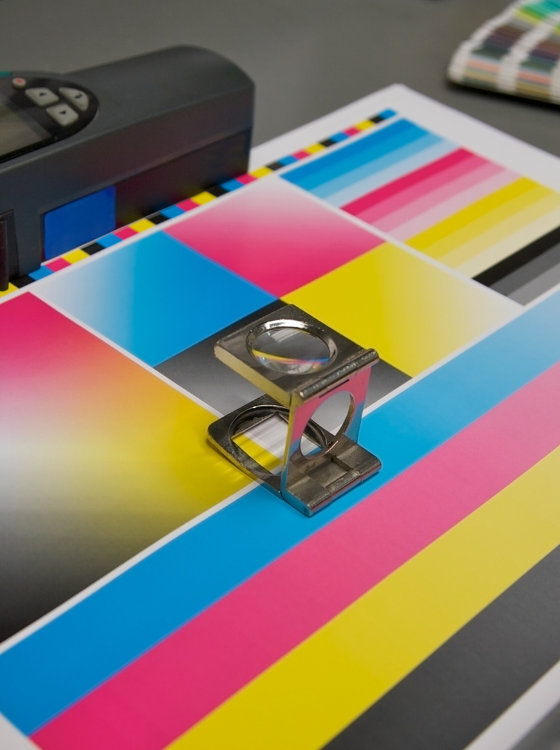PREPRESS
When a print comes out well, we love to look at the result over and over again. However, we seldom think about the prepress work that has been done to ensure everything turns out perfectly.
Let us explain what this process involves so you can understand its significance.
WHAT EXACTLY IS PREPRESS?
It can be defined as a process composed of several phases aimed at adapting the original designs so that, when printed, the best possible result is achieved. We’ll explain all the operations that this entails below.
PREPRESS STEP BY STEP
RECEPTION:
In print shops, we receive various types of originals, from negative photographs to computer-generated graphics. This also includes illustrations that need to be digitized or designs in PDF format. In all cases, the original images must undergo a design and format retouching process to ensure the print outcome is optimal.
TREATMENT AND RETOUCHING:
Depending on the place and material where it is intended to print, aspects such as resolution, size, or color will be optimized. If there is added text, alignments, indents, etc., must be reviewed for correctness. Regarding the image, on the other hand, different tone and brightness tests should be conducted. Additionally, appropriate conversions to RGB or CMYK should be made, subsequently converting them to TIF or JPEG.
LAYOUT:
In this phase, the document that will ultimately be printed is generated, optimizing aspects like resolution, size, or color. The final goal is for the page’s final assembly to be perfect. When we consider the image ready, it is converted to an output format (usually PDF or Postscript). It is then sent to what is known as the RIP unit (a program that controls the printer).
PRINT VALIDATION:
Among all the existing printing systems, the best-suited one for our specific case needs to be chosen. Based on this decision, the image should arrive in one format or another. This ensures that the RIP does its job and the print comes out flawlessly.
PREPRESS TESTS:
Often, print tests, color, and exposure tests are conducted before definitive printing. This allows for the correction of any remaining design errors. A good example is the “ferros” used in printed publications that the clients themselves review.





